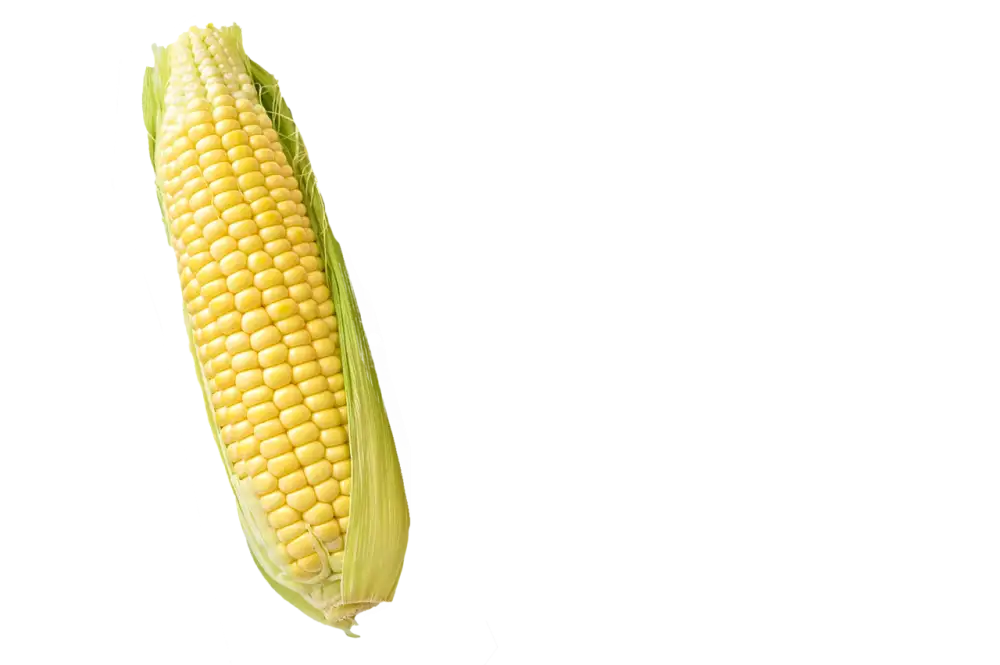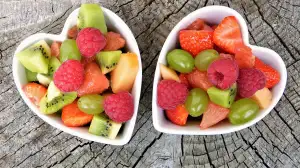Unlocking the Mystery: Exploring the Health Implications of Eating Corn Starch

Corn starch, a common ingredient found in many culinary creations, has gained attention for its association with a condition known as pica. Pica is characterized by an unusual craving for non-food items, such as dirt, ice, or in this case, corn starch. While it may seem peculiar to some, the consumption of corn starch has become a popular practice among individuals who experience pica cravings. In this article, we will delve into the health implications of eating corn starch and shed light on the potential risks and benefits associated with this unique dietary choice.
Understanding pica: a medical condition characterized by unusual cravings
Pica is a medical condition that involves the persistent craving and consumption of non-food items. While it may seem bizarre to some, it is important to recognize that pica is a real disorder that affects both children and adults. Individuals with pica often have an intense desire to eat substances such as dirt, clay, ice, and even corn starch.
The exact cause of pica is not fully understood, but it is believed to be linked to nutritional deficiencies, mental health disorders, or developmental disorders. Some theories suggest that individuals with pica may be trying to fulfill specific nutrient deficiencies through these unconventional cravings.
It is crucial to distinguish between occasional cravings for non-food items and the compulsive behavior associated with pica. Pica can have serious health implications as consuming non-food substances can lead to digestive issues, intestinal blockages, and nutrient imbalances.
If you or someone you know experiences persistent cravings for corn starch or other non-food items, it is essential to seek medical attention. A healthcare professional can evaluate the underlying causes and provide appropriate treatment options.
Remember, understanding pica as a medical condition helps us approach it with empathy and compassion rather than judgment.
Exploring the potential health risks of consuming corn starch
Consuming corn starch may have potential health risks that need to be considered. While it is generally safe in small amounts, excessive consumption can lead to certain health issues. One of the main concerns is its high carbohydrate content, which can contribute to weight gain and increase the risk of developing conditions like obesity and diabetes. Additionally, corn starch lacks essential nutrients such as vitamins, minerals, and fiber, making it a poor choice for a balanced diet. Furthermore, consuming large quantities of corn starch may disrupt the body's natural digestive process and lead to gastrointestinal problems like bloating and constipation. It is important to consume corn starch in moderation and prioritize a varied diet that includes nutrient-rich foods for optimal health.
Nutritional value of corn starch and its impact on the body
Corn starch is a widely used ingredient in many culinary creations, but its nutritional value may surprise you. While it is low in calories and fat, corn starch lacks significant amounts of vitamins and minerals. However, it does provide a source of energy due to its high carbohydrate content.
When consumed in moderation, corn starch can be a part of a balanced diet. It can help provide quick energy and contribute to feelings of fullness. However, excessive consumption can lead to weight gain and potential blood sugar spikes.
Additionally, corn starch is not easily digested by the body and may cause digestive discomfort for some individuals. It can also contribute to an increase in blood triglyceride levels if consumed in excess.
It's important to note that relying solely on corn starch for nutrition is not recommended. A varied diet that includes a wide range of fruits, vegetables, whole grains, lean proteins, and healthy fats is essential for optimal health.
As with any food, moderation is key when consuming corn starch. It should be enjoyed as part of a balanced meal rather than as the main component. Consulting with a healthcare professional or registered dietitian can help ensure that your dietary choices align with your individual needs and goals.
Tips for managing pica cravings and seeking professional help
1. Understand your triggers: Pay attention to what triggers your cravings for corn starch. Is it stress, boredom, or something else? Identifying the triggers can help you find healthier alternatives.
2. Distract yourself: When a craving strikes, try distracting yourself with activities that engage your mind and body. Go for a walk, read a book, or indulge in a hobby to divert your attention from the craving.
3. Find healthier substitutes: Instead of reaching for corn starch, opt for nutritious alternatives like whole grains, fruits, and vegetables. These foods provide essential nutrients and can help satisfy cravings in a healthier way.
4. Seek support: Talk to friends or family members about your struggles with pica cravings. Having a support system can make it easier to manage cravings and resist the urge to consume corn starch.
5. Consult a healthcare professional: If your pica cravings persist or become uncontrollable, it's important to seek professional help. A healthcare provider can assess your condition, provide guidance on managing cravings, and address any underlying health issues.
Remember, managing pica cravings requires patience and perseverance. By adopting healthier habits and seeking professional assistance when needed, you can overcome this condition and promote better overall health.
In conclusion, while eating corn starch may be a source of enjoyment for some individuals, it is important to approach it with caution and in moderation. The potential health risks associated with consuming corn starch, particularly in excessive amounts, cannot be ignored. However, when consumed in small quantities as part of a balanced diet, corn starch can provide some nutritional benefits.
It is crucial to understand the underlying causes of pica cravings and seek professional help if necessary. Managing pica cravings requires a multidisciplinary approach involving medical professionals, nutritionists, and mental health experts. They can help develop strategies to address the cravings and ensure that the body receives adequate nutrients from other sources.
Promoting a balanced approach to eating corn starch involves incorporating it into a well-rounded diet that includes a variety of nutrient-rich foods. This way, individuals can enjoy the occasional indulgence without compromising their overall health.
Ultimately, understanding the potential risks and benefits of consuming corn starch is essential for making informed decisions about our dietary choices. By promoting education and seeking professional guidance when needed, we can unlock the mystery surrounding this unique craving and ensure better health outcomes for all.
Published: 12. 12. 2023
Category: Health



